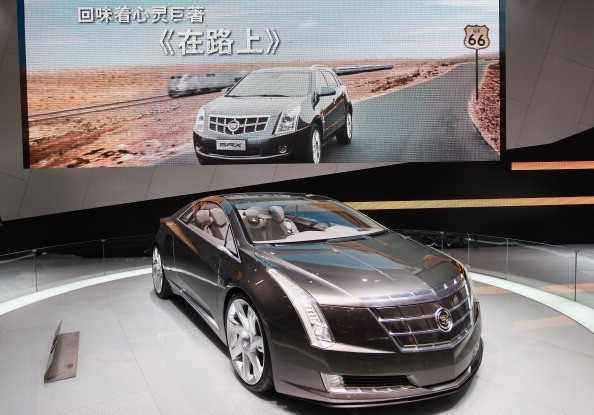Cadillac is among the biggest names to come out of the U.S. automotive industry, but it doesn’t bode well to domestic clients. But thankfully, the brand, iconic for its tailfins and all-American brashness, has found a market where it can sell well--China.
The Chinese's love affair for western consumer affinities (think of Starbucks and Microsoft, for instance) has extended to Cadillac--a brand that's widely seen as one that has an entirely different flavor for luxury and a reputation for "long heritage and pedigree," said the brand's president, Johan de Nysschen.
Such was the positive reputation Cadillac has set for itself among Chinese buyers, that it went on to surpass Japanese premium carmaker Lexus to become China's fourth best-selling luxury car brand in 2016, having recorded an impressive 46 percent growth in sales at 116,000 units sold.
What's more, Cadillac's China sales does not seem to show any sign of slowing down this year, as Jan. 2017 sales in the mainland (18,011) surpassed that of the brand's sales in the U.S. (10,398) by 73 percent--the first time a foreign unit of the brand outperformed its home unit.
Although German luxury brands continue to be the main bestsellers in China, the mainland has also saw continued preference over Cadillac, largely because of its assertive advertising strategies banking on the brand's fresh image, particularly through the "Dare Greatly" campaign.
With that, parent company GM has found an even greater incentive to maximize its popularity in China, what with the opening of a new $1.2 billion manufacturing plant in Shanghai that produces two of the brand's hottest releases for the Chinese market: the CT6 sedan and the XT5 SUV.
Domestic manufacturing meant more discounts across Cadillac dealerships in China, enabling the brand to achieve greater growth in the Chinese market through trade-ins and price cuts--schemes that would not have been possible in the presence of import tariffs.
In contrast, Cadillac's fortunes in the U.S. are unsurprisingly lackluster--one that's a product of both disjoints in its communications campaign and a lineup that fails to keep in touch with the needs of the American market, compared to Lexus and its German rivals BMW, Audi and Mercedes-Benz.



























